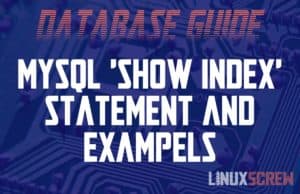How to Change the Hostname in Linux (Debian, Ubuntu, Arch, RedHat)
This article will show you how to change the hostname for your Linux device (Debian, Arch, Ubuntu, or RedHat). The methods below should work for the vast majority of current and obsolete Linux Distributions. What is the Hostname? The hostname of a device on the network is the human-readable label of the system. It can be used to identify or connect to a system on the network instead of connecting to it via an IP address. Displaying the Current Hostname Regardless of your distribution, you can find out … Read more










